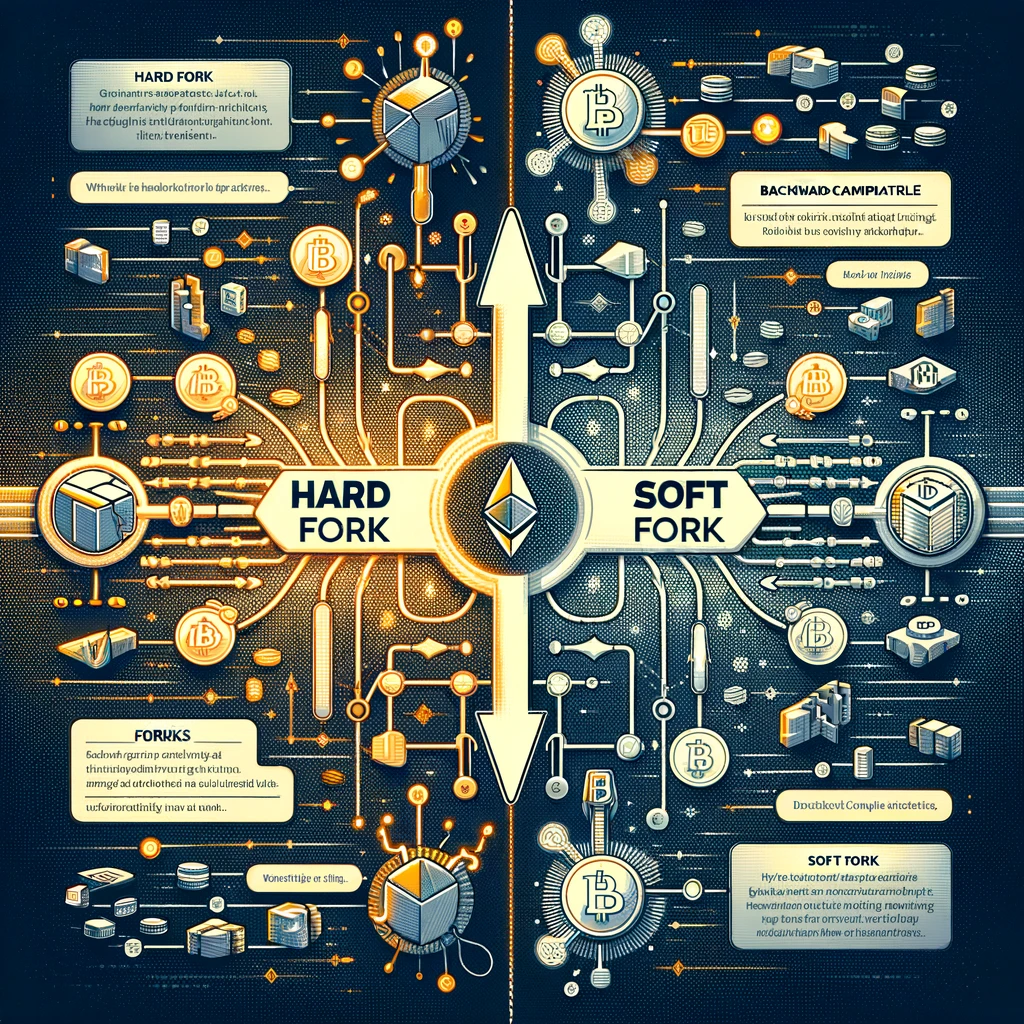Blockchain Scalability. Sidechains and Payment Channels

Blockchain Scalability: Problem and Potential Solutions
When it comes to cryptocurrencies and technologies like blockchain, scalability becomes a key issue. But what does it mean?
What is Scalability?
In simple terms, scalability is the ability of a system to grow and evolve alongside increasing demands. In the world of computing systems, this means you can enhance hardware performance to handle more tasks. When it comes to blockchain, scalability refers to the ability to process more transactions.
Scalability Problem
Protocols like Bitcoin have their advantages, but scalability is not one of them. Bitcoin, operating on a decentralized basis, faces limitations in transaction processing speed. This means that as the number of users increases, network bandwidth issues arise.
Train and Tickets: Analogy with Blockchain Scalability
Imagine the blockchain as a train. It has a certain number of seats (or "cars") available for transactions. If all passengers (or transactions) want to board simultaneously, the price per seat (or fee) increases. Increasing the size of the "cars" may help, but it's a temporary solution.
Scalability Trilemma
Ethereum creator Vitalik Buterin formulated the "scalability trilemma," which points to a trade-off between scalability, security, and decentralization. These properties are not always compatible, and finding a balance between them is a key challenge.
Off-Chain Scalability
Off-chain scalability is a method that allows transactions to occur on the blockchain without increasing the number of blocks. This is achieved through protocols that enable users to send and receive funds without immediate recording on the chain.
Introduction to Sidechains: Explanation and Examples
What is a Sidechain?
A sidechain, or a side chain, is a separate blockchain that has some linkage to the main chain, or mainchain. It's important to note that sidechains and mainchains work together and are functionally compatible, allowing assets to move freely between them.
How Does it Work?
To understand how sidechains work, let's consider a scenario: Anna has 5 bitcoins and wants to exchange them for 5 sidecoins on the Bitcoin sidechain. There is a two-way peg that allows users to transfer their assets between the main and side chains.
Conversion Process:
Anna sends her 5 bitcoins to a special address, which locks them, and the corresponding amount is allocated on the sidechain as sidecoins. After this, Anna can freely conduct operations in the sidechain, sending and receiving sidecoins just like in the main chain.
Why is it Needed?
Sidechains are intended to address the scalability and transaction speed issues in main blockchains like Bitcoin. They allow for the creation of systems with alternative consensus mechanisms, larger blocks, and faster transactions.
Advantages of Sidechains:
- Experimentation and Upgrades: Sidechains allow for experimentation and the introduction of new features without risking the main chain.
- Improved Scalability: Thanks to more flexible settings and consensus algorithms, sidechains can process more transactions per unit of time.
- Separation from the Main Chain: Critical errors in sidechains do not affect the operation of the main network, ensuring the safety and stability of experiments.
What is a Payment Channel?
A payment channel is a mechanism similar to sidechains that allows transactions to occur outside the main blockchain but without using a separate blockchain. It is based on smart contracts and enables users to conduct transactions without publishing them on the blockchain.
How Does it Work?
Unlike sidechains, where transactions occur on a separate blockchain, payment channels facilitate transactions through smart contracts, which allow users to exchange funds without broadcasting transactions to the blockchain. For example, in the Lightning Network, users first deposit funds into a special multi-signature address, after which they can freely transfer funds to each other through a smart contract.
Advantages of Payment Channels:
- Efficiency and Speed: Payment channels enable instant transactions with minimal fees since most operations occur off-chain.
- Security: Smart contracts ensure security and protection against fraud, making payment channels a reliable means of exchanging funds.
- Scalability: By utilizing payment routing, users can interact with each other through multiple channels, increasing the scalability of the network.
Conclusion
Payment channels, such as the Lightning Network, offer an efficient solution for conducting instant and low-cost transactions off the main blockchain. They provide high-speed and secure operations, making them an attractive option for users looking to bypass the limitations of main blockchains.




